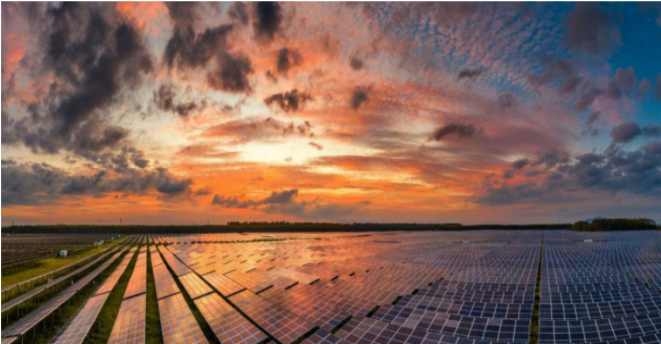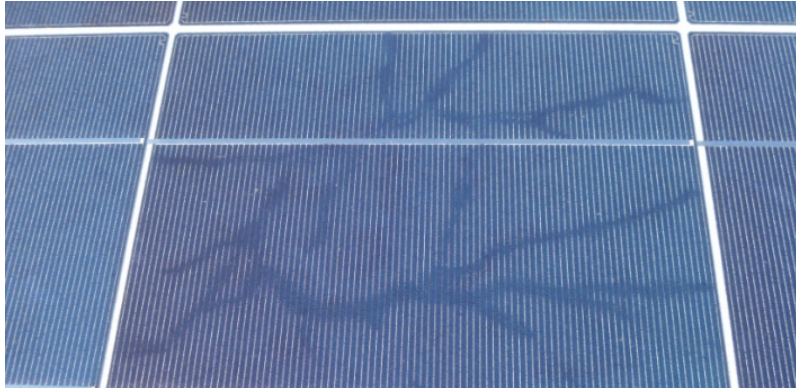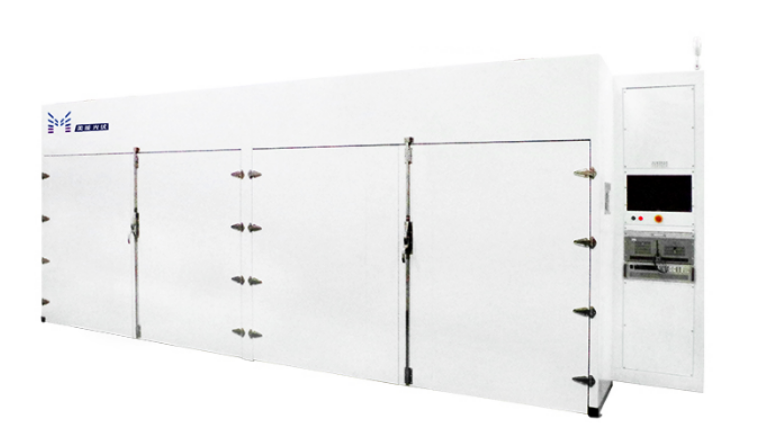
Quantum Efficiency Tester
PL/EL Integrated System
PV-Reflectumeter
3D Confocal Microscope
In-Line Four Point Probe Tester
Four Point Probe Tester
In-Line Thin Film Thickness Tester
Raman Spectrometer
FTIR Spectrometer
Spectrophotometer
Automatic Spectroscopic Ellipsometer
Contact Resistance Tester
Ultra depth of field 3D microscope
Auto Visual Tester
VMM PV Vision Measuring Machine
Solar Cell Horizontal Tensile Tester
Steady State Solar Simulator for Solar Cell
Solar Cell UV Aging Test Chamber
Solar Cell Comprehensive Tensile Tester
Visual Inspection Tester
Wet Leakage Current Tester
PV Module EL Tester
PV Module UV Preconditioning Chamber
Steady State Solar Simulator for PV Module
Current Continuous Monitor
Potential Induced Degradation Test
Bypass Diode Tester
LeTID Test System
Reverse Current Overload Tester
Impulse Voltage Tester
Hipot Insulation Tester
Ground Continuity Tester
Hipot Insulation Ground Tester
Damp Heat Test Chamber
Humidity Freeze Test
Thermal Cycle Test Chamber
Dynamic Mechanical Load Tester
Static Mechanical Load Tester
Hail Impact Tester
Robustness of Termination Tester
Module Breakage Tester
Cut Susceptibility Tester
Peel Shear Strength Tester
Universal Testing Machine (Single-arm)
Universal Testing Machine (Double-arm)
Glass Transmittance Tester
Acetic Acid Test Chamber
EVA Degree of Crosslinking Test System
Junction Box Comprehensive Tester
Drop ball tester
Semi-automatic scanning four-probe tester
Stylus Profilometer
Maximum Power Point Tracker
Perovskite Glass Transmittance Tester
Perovskite P1 Laser Scribing Multifunctional Testing Machine
Perovskite Online PL Tester
Perovskite Online Sheet Resistance Tester
Online Perovskite Film Thickness Tester
Perovskite Process Inspection Workstation
Portable IV Curve Tester
Portable EL Tester
Portable Thermal Imaging Tester
Solar Module Multi-Channel Testing System
PV Inverter Power Quality Tester
Drone EL Tester
IV Tester
IVEL Cell Sorting Machine
An Important Factor Affecting the Power of Photovoltaic Modules - Hot Spot Effect
Date : 2023-09-27Views : 130
Since solar cell modules are usually installed in wide areas and sunny areas, they will inevitably be blocked by various obstructions during long-term use. In view of the existence of these obstructions, shadows will be produced on the surface of the solar cells of the photovoltaic module, which will not only cause a decrease in the output power of the photovoltaic module, but may also cause hot spot effect. The solar simulator produced by Millennial Solar can meet the hot spot durability test in the IEC61215 standard test, helping photovoltaic module manufacturers to efficiently detect the power of photovoltaic modules after hot spots are generated, thereby enabling photovoltaic module manufacturers to carry out targeted solutions.

![]()
What is hot spot effect?
The hot spot effect of photovoltaic modules means that under certain conditions, the blocked or defective areas in the series branches of photovoltaic modules in power generation are used as loads, consuming the energy generated in other areas, resulting in local overheating.This phenomenon is called the "hot spot effect."

![]()
Causes of hot spot effect
There are many reasons for the hot spot effect in photovoltaic modules. When the solar cells themselves have defects, such as bubbles, delamination, internal connection failures, etc., the hot spot effect will occur.
Severe cracks or fragments in photovoltaic modules will also cause hot spot effects. Excessive vibration, external impact, or uneven stress on the glass surface during installation may cause cracks in the cells. Cell cracks are also a defect of solar cells. For photovoltaic module access, the resistance of the cracked part increases, which can easily cause a hot spot effect.

When the surface of the photovoltaic module is stuck with stubborn stains or is blocked by debris or vegetation. The electronic transition activity of the blocked part of the solar cell is reduced, and the corresponding resistance increases, and the loss will also increase accordingly. The loss will be released in the form of temperature, and the temperature of the blocked part will increase, which will cause a hot spot effect.
![]()
Millennial Solar Simulator

E-mail: market@millennialsolar.cn
Millennial solar simulator uses metal halide lamps that can simulate the full sunlight spectrum to reproduce the destructive light waves that exist in different environments. It can provide testing and simulation in different environments for photovoltaic product development and quality assurance.
It can also meet the stability test specified in the IEC61215 standard test for exposure, maximum power point determination, and hot spot test terms. The spot area can reach 2800*2500mm, and the spectrum meets the BBA standard.
● Can realize local temperature control, the temperature control range is 60℃±10℃
● Irradiation area reaches 5200mm*4200mm
●Irradiance range can reach 700~1300w/m^-1
● The irradiation intensity of each light source or the overall irradiation intensity can be manually adjusted
● High spectrum matching, strong uniformity and stability of irradiation
Although photovoltaic module customers often pay attention to the phenomenon of shadows covering the cells when choosing solar module base stations, the hot spot effect caused by the shadow phenomenon is difficult to avoid, and photovoltaic module manufacturers can only avoid the hot spot effect to the greatest extent. The solar simulator owned by Millennial Solar can efficiently detect the hot spot effect in photovoltaic modules and provide targeted solutions according to the MQT09 clause in the IEC61215 photovoltaic module solution.

































































